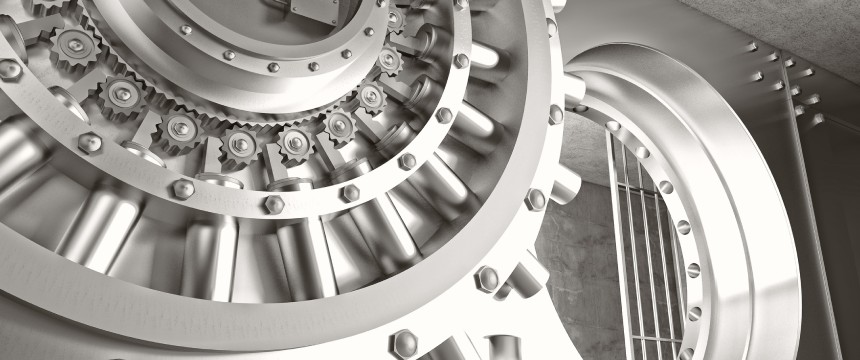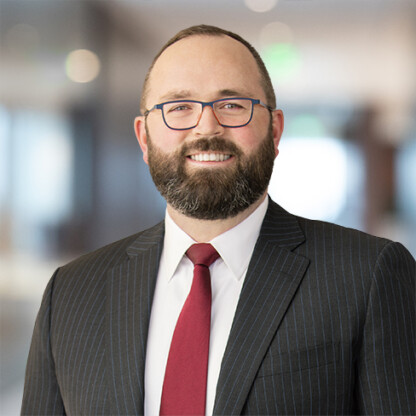Bank On It: Seventh Circuit Decision Turns On Investments In The Dealership

From school photography to golf instruction, the business categories that have historically fallen within the definition of “dealership” under the Wisconsin Fair Dealership Law (WFDL) are expansive and confusing. This expansiveness has gotten many a supplier and manufacturer into trouble over the years, as the definition can upend assumptions about the nature of business partnerships. The Seventh Circuit recently provided some welcome guidance on a critical aspect of this definition: the purported dealer’s “investment” in the dealership.
In PMT Machinery Sales, Inc. v. Yama Seiki USA, Inc., equipment manufacturer Yama-Seiki and distributor PMT were unable to agree on the terms of a formal exclusive dealer arrangement. Yama-Seiki, however, began selling its products to PMT for resale in eastern Wisconsin anyway. Yama-Seiki’s operations manager also allegedly told PMT it was in “exclusive status.” PMT eventually learned that other distributors were also selling Yama-Seiki machines in eastern Wisconsin and brought suit alleging violations of the WFDL. Yama-Seiki responded simply: Its relationship with PMT was not a “dealership” subject to the protections of the WFDL. The district court agreed, granting summary judgment to Yama-Seiki, though not until the eve of trial (which is the subject of a previous post on this case)
The Seventh Circuit affirmed, noting that a dealership under the WFDL requires (1) the right to sell or distribute a manufacturer’s goods; or (2) use a trade name, trademark, service mark, logotype, or other commercial symbol. While PMT indisputably used Yama-Seiki’s logo on its website and advertising materials, the Court reaffirmed prior case law that mere permission to use a commercial symbol is not enough to create a dealership; instead, there must be substantial investment in promoting a trademark or logo such that the dealer has tied its fortunes to the manufacturer. The Court found that PMT had not met that threshold. Quite unfortunate for the manufacturer that it cost as much — in both time and money — to find out it was right after all.
Key Takeaways:
- A written agreement is absolutely vital, even (or perhaps especially) in the case of manufacturer’s representatives. This is doubly true in states like Wisconsin, that have generally applicable dealer statutes.
- Be sure to control your channel partners’ use of your intellectual property, including how much investment they can make in that use.
- Never leave a key term like exclusivity up in the air, as it can allow a channel partner the ability to hold an entire territory hostage.

